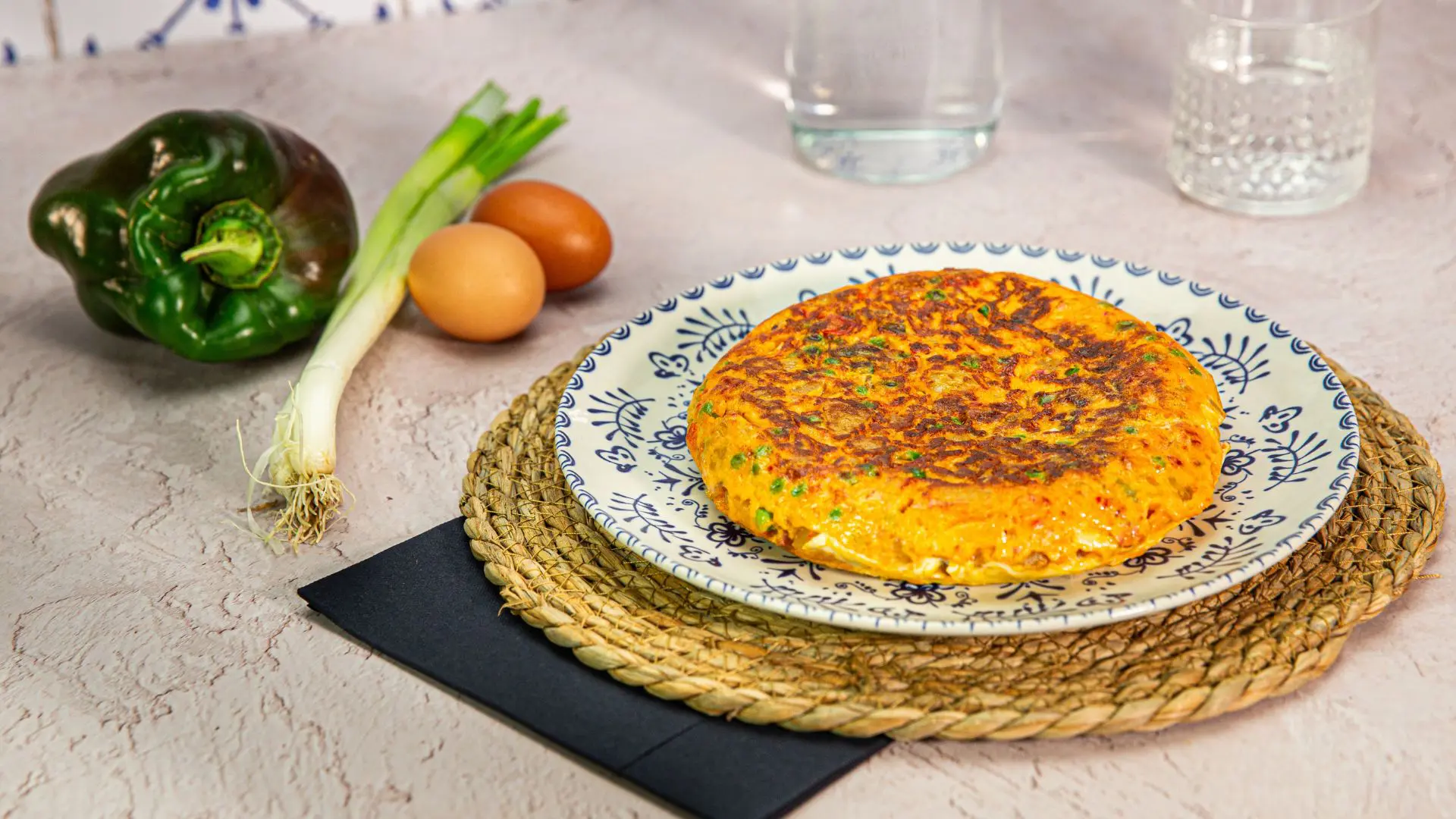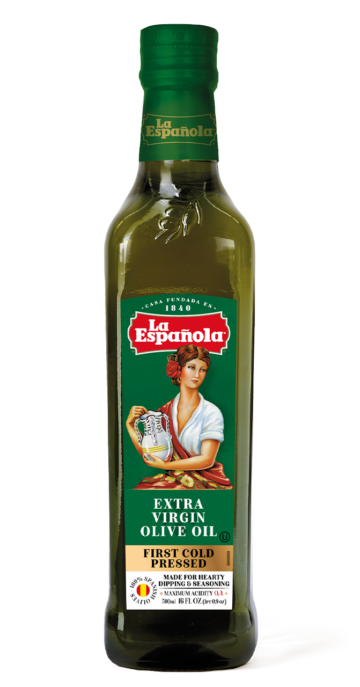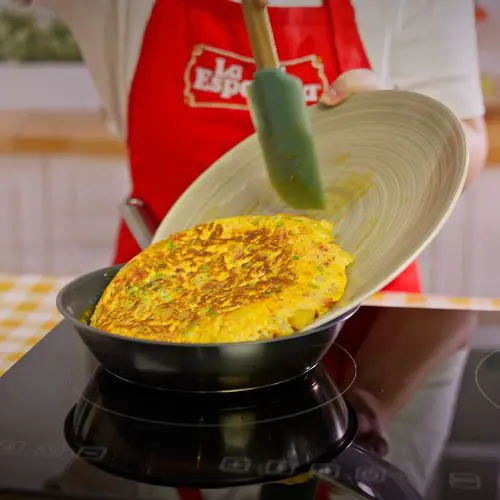Origins and Cultural Significance
The Spanish omelet, or tortilla Española, is believed to have originated in the 18th century, likely in the northern region of Navarra. Initially created as a hearty meal for farmers, its simple yet nourishing ingredients made it a staple in the rural diet. This dish utilized commonly available foods, reflecting the agrarian society and resourcefulness of the time.
Culturally, the Spanish omelet symbolizes comfort, family, and tradition. It frequently appears in social gatherings and family meals, showcasing its role as a dish that brings people together. Every household has its unique recipe, often passed down through generations, adding a personal touch to this traditional fare.
Evolution Over Time
As the popularity of the Spanish omelet grew, so did its variations. Throughout the 19th and 20th centuries, the dish adapted to modern culinary practices while retaining its core identity. It transitioned from a simple farmer’s meal to a celebrated dish in tapas bars across Spain.
In contemporary times, the Spanish omelet has gained recognition beyond Spain, inspiring chefs worldwide to experiment with new ingredients and techniques. This evolution highlights the dish’s versatility and enduring appeal in global cuisine.
Traditional vs Modern Variations
Traditionally, the genuine Spanish omelet comprises just potatoes, eggs, and onions. However, various interpretations have emerged:
- Chorizo and Other Additions: Some versions incorporate chorizo, enhancing flavor with a spicy kick.
- Vegetarian and Vegan Options: Many now enjoy these alternatives, featuring seasonal vegetables or removing eggs entirely.
- Cheese and Other Enhancements: Cheeses, such as manchego, can add richness and depth to the omelet.
- Sweet Potato Variants: A twist on the classic, sweet potatoes offer a unique sweetness and color.
Olive Oil Selection
Olive oil is essential for frying the potatoes and gives the omelet a distinctive flavor. Using a good quality oil impacts the taste significantly.
Benefits of Extra Virgin Olive Oil
Extra virgin olive oil is the best choice due to its robust flavor and health benefits. It contains antioxidants and healthy fats, making it a heart-healthy option. Plus, the richness of extra virgin olive oil enhances the dish’s overall taste, resulting in a more satisfying experience. What’s more, there are numerous varieties to try out that will add new dimensions to your meals. La Española Extra Virgin Olive Oil Flavored with Truffle adds a gourmet touch to a whole host of dishes, as our Garlic Mushrooms with Truffle Oil amply demonstrates.
Seasoning with Salt and Pepper
Seasoning is crucial in bringing out the flavors of the ingredients. A pinch of salt enhances the natural taste of the potatoes and onions, while freshly cracked pepper adds a touch of warmth and complexity. It is best to season the potatoes and onion mixture before combining them with the eggs to ensure an even flavor distribution.
Classic Spanish Tapas
If our authentic Spanish Omelet has put you in the mood for more classic tapas recipes, we’ve got two tasty dishes for you to try at home. You’ve probably tasted paella before, but have you ever wanted to make it yourself? This Chicken Broccoli and Red Pepper Paella is a great place to start your paella journey. Equally delicious and synonymous with Spanish cuisine is our vibrant and refreshing recipe for Salmorejo. A staple of Spanish summertime cooking, it’s delightfully easy to make.





